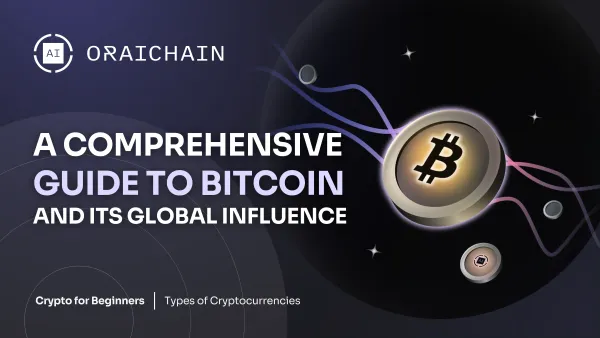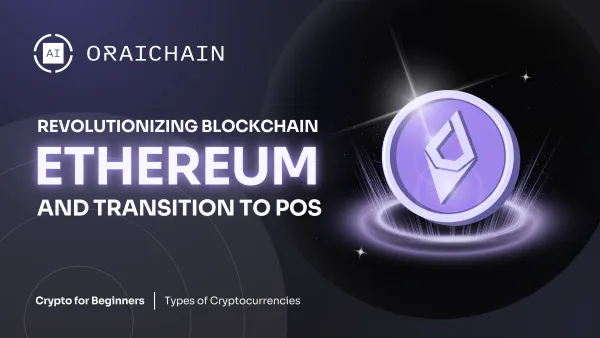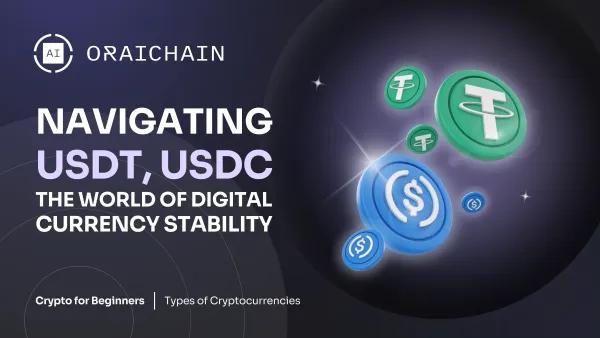Decoding Blockchain Buzzwords: An In-Depth Guide to DeFi, ICOs, IEO, IDO, and NFTs
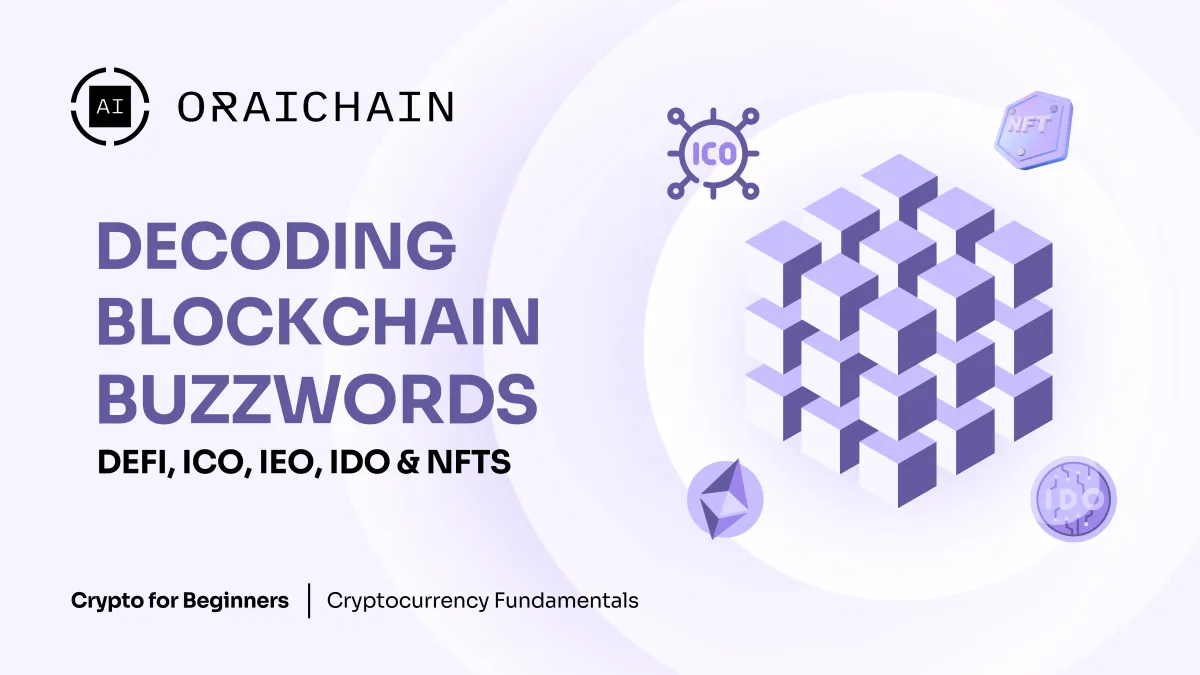
As blockchain technology continues to revolutionize various industries, it brings with it a plethora of concepts that can be overwhelming to grasp. In this comprehensive guide, we will delve into the intricacies of some of the most talked-about terms in the blockchain space, including DeFi, ICOs, IEOs, IDOs, and NFTs.
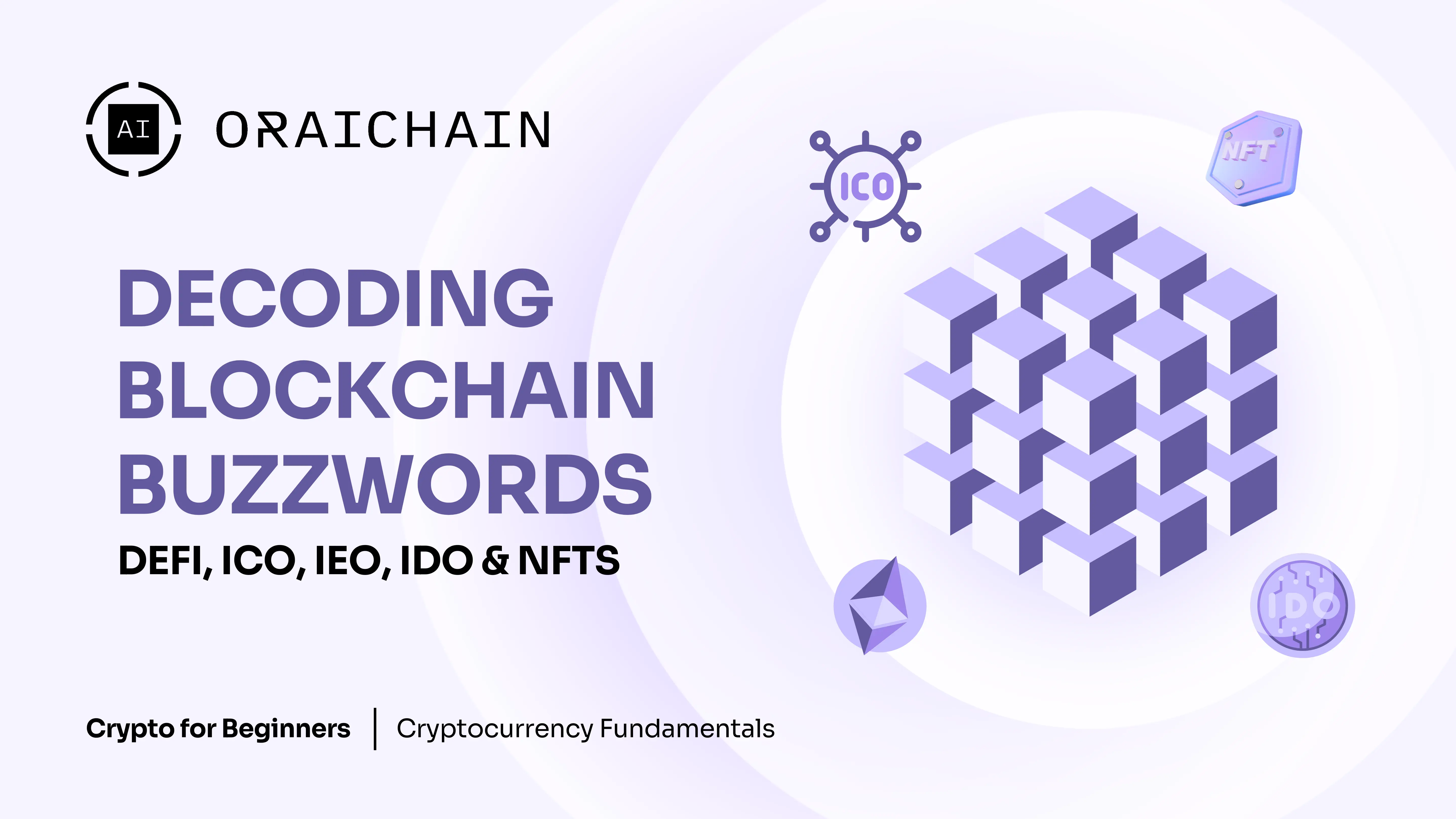
1 Introduction to DeFi: The basics of decentralized banking on the blockchain.
What is DeFi?
DeFi, short for Decentralized Finance, is a concept that contrasts sharply with Centralized Finance (CeFi) - traditional financial systems which are controlled by banks, financial institutions, and governments.
While CeFi has proven to be inefficient, expensive, corrupt, and access limited, DeFi aims to replace this outdated system with a decentralized, transparent, and more equitable financial network.
How Does DeFi Work?
The backbone of DeFi is blockchain technology. Once data is verified on a blockchain, it becomes immutable and transparent, creating a secure and trustworthy environment for financial activities, eliminating the need for intermediaries, and enabling direct peer-to-peer transactions.
DeFi is built on a stack of various financial services, each leveraging blockchain technology to provide innovative solutions:
- Stablecoins: These are cryptocurrencies pegged to stable assets like the US dollar, reducing volatility. Examples include DAI, which maintains a stable value and facilitates smoother transactions within the DeFi ecosystem.
- Decentralized exchanges (DEXs): Exchanges that enable users to trade cryptocurrencies directly with one another without the need for a centralized intermediary, reducing fees and increasing security.
- Money Markets: Platforms allow users to lend and borrow cryptocurrencies. Users can earn interest on their assets or take out loans using cryptocurrencies as collateral, all in a transparent and decentralized manner.
- Synthetics: These are derivative assets that mimic the value of real-world assets. Platforms like Synthetix allow users to create and trade synthetic assets, providing exposure to various markets while remaining within the DeFi ecosystem.
- Insurance: DeFi insurance platforms such as Nexus Mutual provide coverage against risks associated with decentralized protocols, offering protection against hacks, bugs, and other technical failures.
Why is DeFi Important?
- Transparency and Trust: DeFi records all transactions on the blockchain, making them visible and verifiable. This transparency reduces fraud and corruption, fostering greater trust among users.
- Accessibility: DeFi offers financial services to anyone with internet access, breaking down barriers that exclude large portions of the global population from banking. This inclusivity drives financial empowerment and economic growth in underserved regions.
- Efficiency and Cost-Effectiveness: By eliminating intermediaries, DeFi reduces transaction costs and processing times. Traditional banking systems involve multiple steps and high fees, whereas DeFi enables near-instantaneous peer-to-peer transactions with minimal fees.
- Innovation and Customization: DeFi's modular nature allows for continuous innovation. Developers can build on existing protocols, creating new and customized financial products tailored to specific needs, driving a more dynamic and responsive financial system.
- Financial Sovereignty: DeFi gives users full control over their assets. Unlike traditional banks, where funds can be frozen or controlled, DeFi ensures individuals maintain ownership and control of their money.
As it continues to evolve, DeFi holds the potential to redefine how we interact with financial services on a global scale.
2 ICO, IDO, IEO: Types of Crypto Crowdfunding Explanation
Initial Coin Offering (ICO), Initial Exchange Offering (IEO), and Initial DEX Offering (IDO) are fundamental methods through which crypto projects launch and raise funds. Each operates differently, offering unique advantages and considerations for investors.
What is an ICO?
An Initial Coin Offering (ICO) is a fundraising method where a new cryptocurrency project sells its tokens to early investors in exchange for established cryptocurrencies like Bitcoin or Ethereum, or fiat currency. The process typically involves several steps:
- Whitepaper: The project team publishes a whitepaper detailing the project, its goals, the technology behind it, the team, and how the funds will be used.
- Token Creation: The project's tokens are created on a blockchain, often Ethereum.
- Marketing: The project is promoted to attract investors.
- Token Sale: Investors purchase tokens during the ICO phase.
- Development: Funds raised are used to develop the project.
What is an IEO?
An Initial Exchange Offering (IEO) is a fundraising event administered by a cryptocurrency exchange on behalf of the issuing project. The exchange acts as an intermediary and conducts the token sale.
- Exchange Partnership: The project partners with a cryptocurrency exchange.
- Due Diligence: The exchange conducts a thorough review of the project to ensure its legitimacy.
- Token Sale: The exchange lists the tokens for sale on its platform.
- Listing: Post-IEO, tokens are typically listed on the exchange for trading.
What is an IDO?
An Initial DEX Offering (IDO) is a fundraising method conducted on a decentralized exchange (DEX). It leverages the benefits of decentralized finance (DeFi) to offer a more open and transparent fundraising process.
- DEX Listing: The project lists its tokens on a decentralized exchange.
- Liquidity Pools: IDOs typically use automated market makers (AMMs) to create liquidity pools, allowing for immediate trading.
- Smart Contracts: The entire process is managed by smart contracts, ensuring transparency and security.
3 What are NFTs and what makes them unique?
Non-Fungible Tokens (NFTs) are unique digital assets representing ownership or proof of authenticity of a specific item or content, typically using blockchain technology. Unlike cryptocurrencies, which are fungible, NFTs are one-of-a-kind.
- Unique Digital Ownership: NFTs enable ownership of digital files marked with unique code, differentiating them from replicas. This ensures clear, verifiable ownership of digital items.
- Transforming Digital Art NFTs act as decentralized certification, revolutionizing digital art. Notable sales include Beeple’s "Everydays: The First 5000 Days," which sold for $69 million.

Everydays – The First 5000 Days
The difference between NFTs and Physical Collectibles
Physical Collectibles | NFTs |
Value depends on market demand. | Digital collectibles with value based on market demand. |
Security through holograms and special materials. | Security through unique digital signatures. |
Easily bought, sold, or traded | Transactions verified by blockchain. |
Investing in NFTs
Investing in NFTs carries risks similar to real estate or fine art. While some NFTs sell for millions, many don't exceed $200. The value of NFTs can fluctuate, and their worth depends on ongoing demand. The digital log of ownership, maintained by blockchain technology, tracks every transaction, ensuring transparency and authenticity.
Explore beginner-level crypto knowledge at orai.io to confidently start your journey with expertise!
